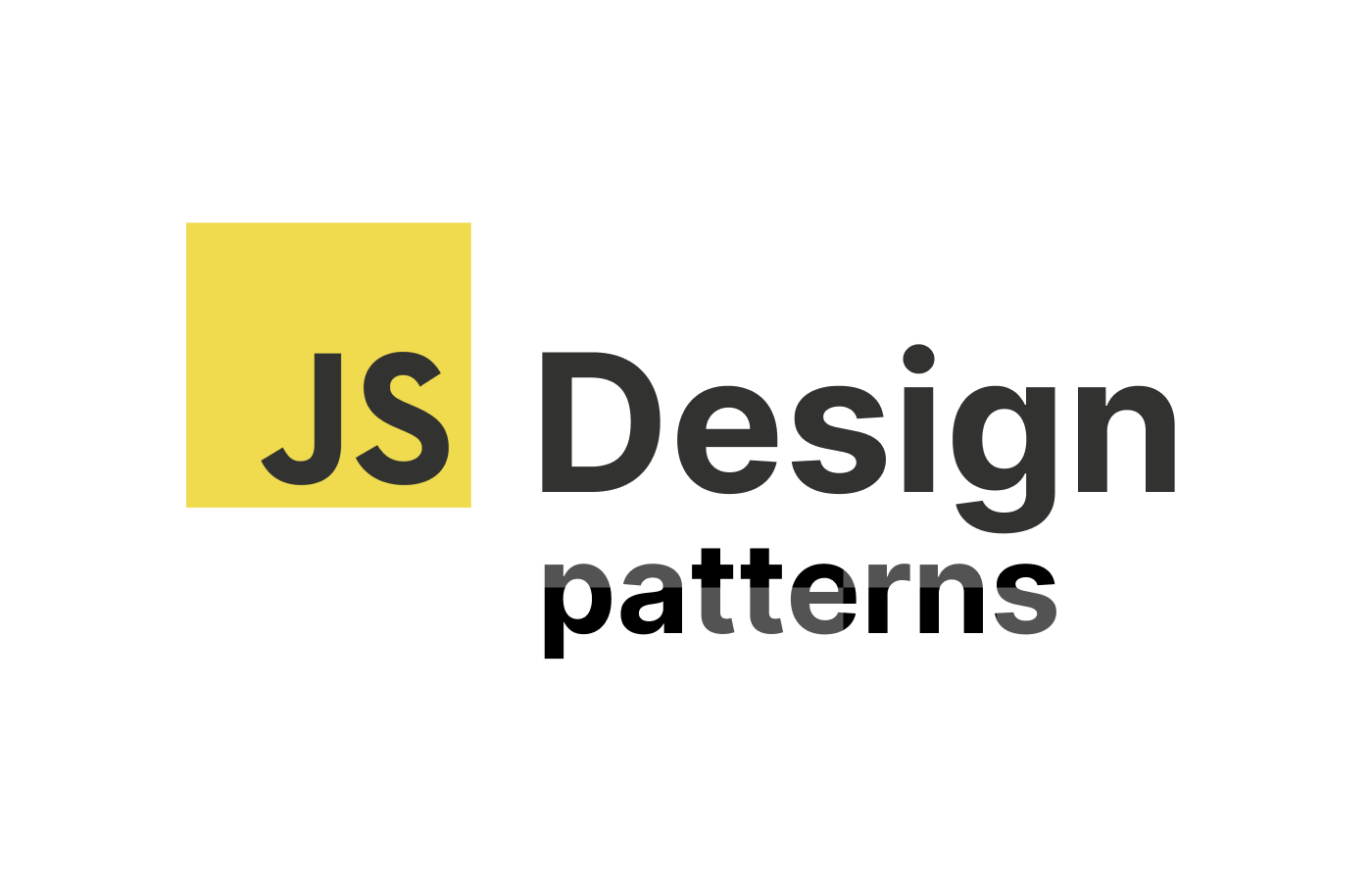Introduction
Design patterns are reusable solutions to common problems in software development. They can help you write code that is more organized, maintainable, and scalable. In this article, we will introduce some of the most popular design patterns in JavaScript and how they can benefit you as a beginner.
What are design patterns?
Design patterns are not specific code snippets or libraries that you can copy and paste into your project. Rather, they are general concepts or principles that guide you to structure your code in a certain way. For example, a design pattern might tell you to use objects, functions, or classes to achieve a certain functionality or behavior.
Design patterns are not unique to JavaScript or any other programming language. They are based on common problems and solutions that arise in software engineering across different domains and platforms. However, each language may have its own way of implementing or expressing a design pattern.
Why use design patterns?
Design patterns can help you improve your coding skills and the quality of your code in several ways:
- They can help you avoid reinventing the wheel by providing proven solutions to common problems.
- They can help you communicate better with other developers by using a common vocabulary and terminology.
- They can help you learn from the best practices and experiences of other developers who have faced similar challenges.
- They can help you adapt to changing requirements and new technologies by making your code more flexible and extensible.
What are some examples of design patterns in JavaScript?
There are many design patterns in JavaScript, but here are some of the most widely used ones:
- The module pattern: This pattern allows you to create private and public variables and methods within a module or a function. It helps you encapsulate your code and avoid polluting the global namespace.
- The factory pattern: This pattern allows you to create objects without specifying their exact class or constructor. It helps you abstract the creation process and decouple the object creation from the object usage.
- The singleton pattern: This pattern ensures that only one instance of a class or an object exists in the application. It helps you control the access and the state of a shared resource.
- The observer pattern: This pattern allows you to define a one-to-many relationship between an object (the subject) and multiple objects (the observers) that depend on its state. It helps you implement event-driven programming and notify the observers when the subject changes.
- The strategy pattern: This pattern allows you to define a family of algorithms or behaviors that can be interchanged at runtime. It helps you avoid conditional statements and make your code more modular and extensible.
How to learn more about design patterns in JavaScript?
If you want to learn more about design patterns in JavaScript, there are many resources available online. Here are some of them:
- https://github.com/addyosmani/essential-js-design-patterns
- https://github.com/sohamkamani/javascript-design-patterns-for-humans
- https://github.com/tcorral/Design-Patterns-in-Javascript
- https://github.com/fbeline/Design-Patterns-JS
- https://github.com/loredanacirstea/es6-design-patterns
Conclusion
Design patterns are powerful tools that can help you write better code in JavaScript. They can help you solve common problems, communicate better with other developers, learn from best practices, and adapt to changing requirements. As a beginner, you should familiarize yourself with some of the most popular design patterns in JavaScript and try to apply them in your projects.
